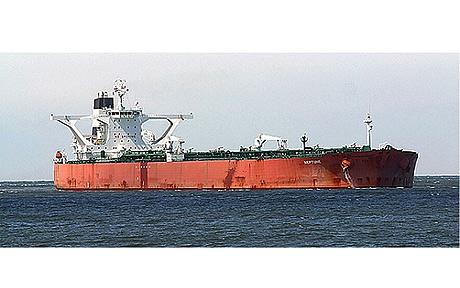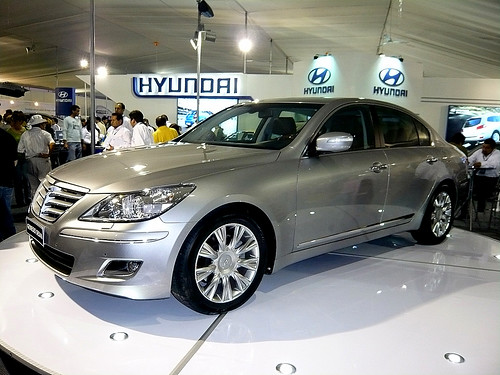(Source: NY Times & BBC)

Violent, fiery clashes between the police and workers at a South Korean auto factory ended on Thursday after the company agreed to keep half the workers at the plant rather than lay them all off in a restructuring, union and company officials said.
After the concession by Ssangyong Motor Company, South Korea’s fifth-largest automaker, the workers agreed to end their 77-day occupation of the plant, which had virtually become war zone. The confrontation was closely monitored by foreign investors as a test of will both for South Korean unions, known for their militant activism, and for President Lee Myung-bak’s government, which has vowed to ensure more “flexibility” for companies to shed workers at times of economic distress.
Picking his way past the ranks of riot police and the barricaded factory gates, it was Ssangyong’s chief financial officer who came out to break the news to the waiting journalists.
“The 77-day strike is over,” he said.
“Are you relieved?” asked the a reporter.
“It may have come a bit late,” he replied, “but we’re glad it has ended peacefully.”
“We are relieved that we have avoided the worst-case scenario,” said Lee Yoo-il, a court-appointed top manager of Ssangyong. “We hope this is the beginning of reviving our company.”
In a series of raids this week on the plant, about 40 miles south of Seoul, police commandos rappelled from helicopters as workers hurled firebombs. Hundreds were injured. By Wednesday, the police had overrun most of the facility and cornered 500 workers in a paint shop filled with flammable liquids.
Outside the plant, sporadic clashes continued even after the deal was signed. Non-union workers and burly men hired by management for security beat at least one journalist and a few union sympathizers while police officers looked on. One man, with blood flowing from his face, was carried away in an ambulance. Some in the crowd cursed the police, saying they were slow to intervene.
It is the smallest of South Korea’s car makers, and it specialises in making gas-guzzling sports-utility vehicles, including a car often cruelly championed by reviewers for its ugliness, the Rodius. Its niche did not make it best-placed to ride out the global recession. Ssangyong filed for bankruptcy protection in January as sales fell and debt mounted. Some 2,000 workers have since left the company voluntarily. The company announced a restructuring and cost-cutting program in April that called for the layoffs of 36 percent of the company’s remaining work force, including all 970 workers at the plant here. The workers began occupying the plant on May 22.
Earlier this year Ssangyong’s Chinese backer, the Shanghai Automotive Industry Corp, gave up management control and it went into receivership. The court-appointed managers insisted that for the company to survive they needed to lay off more than 2,500 staff, a third of the total workforce. And that is when the real trouble began.
Many workers did choose temporary redundancy, but 600 of those earmarked for the sack took to the barricades. “It is bad management and their bad decisions that have caused the problems, but only the workers who are facing the consequences,” said one worker.
The management had attempted to reach a compromise, promising to guarantee 40% of the strikers’ jobs in return for their surrender, but the union stuck to its demand for all jobs to be saved. In the end, the deal they are reported to have accepted does not look all that different to the one on offer earlier.
The compromise between the union and management, which will retain 48 percent of the jobs at the factory, diffused further violence. As the news of the deal spread, workers’ family members and supporters gathered at the factory gates. The workers began to leave the factory on police buses. They were greeted by supporters holding placards and banners and singing labor songs as they stepped off the buses in downtown Pyeongtaek, and workers hugged their tearful wives and children.
Click here or here to read the entire article.





